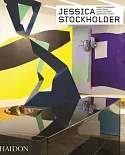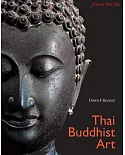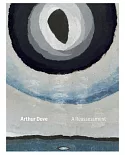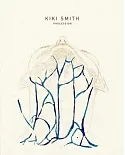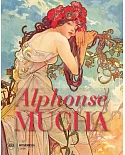Titian Remade explores imitation and the modern cult of originality through a consideration of the disparate fates of two Venetian painters: the canonized master Titian (ca. 1488-1576) and his
artistic heir, the now-unremarked Padovanino (1588-1649). Reading the latter's Sleeping Venus (1610), triumph (1620), and Self-Portrait (ca. 1630) against corresponding works by Titian, Maria
H. Loh argues the case for repetition as a positive act of artistic self-definition. Her history of creative emulation and engaged viewing in early modern visual culture offers a profound
vision of art as a continual process of retrieval and projection that effectively bonds the present to the past and the self to the other.



